Pushpa Movie Review: “Pushpa: The Rise – Part 1,” an enthralling cinematic venture directed by Sukumar, immerses audiences into the heart of a visceral narrative set against the backdrop of the Chittoor forest. The film marks a paradigm shift in Telugu cinema, offering a compelling cocktail of intense performances, gripping storytelling, and technical brilliance. At the epicenter of this cinematic marvel is the charismatic Allu Arjun, who breathes life into the character of Pushpa Raj, a coolie thrust into the perilous world of red sandalwood smuggling.
The film unfolds in the rustic environs of the Chittoor forest, a locale teeming with both the raw beauty of nature and the ruthless underbelly of illegal activities. Allu Arjun’s Pushpa Raj emerges as a captivating protagonist, a man of few words but profound actions. As a coolie by profession, Pushpa Raj’s life takes an unexpected turn when he becomes embroiled in the dangerous trade of red sandalwood, a coveted resource with perilous consequences.
Allu Arjun’s portrayal of Pushpa Raj is a masterclass in transformative acting. The actor seamlessly slips into the skin of the character, embodying the struggles, complexities, and indomitable spirit of a man thrust into the murky waters of criminality. From his intense gaze to the stoic demeanor, Allu Arjun crafts Pushpa Raj with meticulous detail, making him a character that transcends the screen and lingers in the minds of the audience.
The cinematography, helmed by Miroslaw Kuba Brozek, elevates the visual narrative of “Pushpa: The Rise.” The camera lens becomes a storyteller in itself, capturing the harsh yet enchanting landscapes of the Chittoor forest. The visuals oscillate between the lush greenery and the desolate terrains, mirroring the dualities within Pushpa Raj’s own journey. Brozek’s cinematography not only captures the external beauty of the surroundings but also delves into the internal landscapes of the characters, adding layers to the storytelling.
Devi Sri Prasad’s music and background score form the beating heart of the film. The soundtrack, including tracks like “Jaago Jaago Bakre” and “Oo Antava,” resonates with the pulse of the narrative. The music becomes a character in itself, punctuating the emotional highs and lows of the story. Devi Sri Prasad’s ability to infuse energy and emotion into the film through his music contributes significantly to the overall impact of “Pushpa: The Rise.”
Sukumar, known for his distinct storytelling style, weaves a tapestry of suspense, action, and social commentary in “Pushpa: The Rise.” The director takes the audience on a non-linear journey, unraveling the layers of Pushpa Raj’s life and the complex world of red sandalwood smuggling. Sukumar’s vision is palpable in every frame, from the intense action sequences to the nuanced character interactions. The film’s editing, skillfully handled by Karthika Srinivas, complements Sukumar’s storytelling, maintaining a tight and engaging narrative flow.
“Pushpa: The Rise – Part 1” is not merely an action thriller; it’s a socio-economic commentary that delves into themes of survival, greed, and the impact of circumstances on individuals. The film reflects the stark realities of red sandalwood smuggling, portraying characters who navigate a world dictated by powerful forces and their own ambitions. Sukumar crafts a narrative that goes beyond the surface, inviting viewers to reflect on the morality of choices made within the harsh socio-economic landscape.
The film’s thematic depth extends to environmental concerns, shedding light on the detrimental effects of illegal trades on the ecosystem. The Chittoor forest, depicted with both reverence and trepidation, becomes a metaphor for the delicate balance between human ambitions and the preservation of nature. “Pushpa: The Rise” subtly implores audiences to consider the consequences of unchecked exploitation and the urgent need for environmental conservation.
In the directorial synergy of Sukumar and the magnetic presence of Allu Arjun, “Pushpa: The Rise” holds a magnetic appeal for a diverse audience. The film’s gritty storytelling, intense action sequences, and socio-economic commentary resonate with fans of commercial cinema. Allu Arjun’s performance, coupled with Sukumar’s directorial finesse, ensures that the film transcends regional boundaries, appealing to audiences across India.
While the film received widespread acclaim for its performances, storytelling, and technical brilliance, it is not without critique. Some viewers may find the narrative complexity and non-linear storytelling challenging to follow. The film’s runtime, due to its intricate plot and exploration of multiple layers, may be considered lengthy by certain audience members.
Characters:
“Pushpa: The Rise – Part 1” introduces viewers to a compelling set of characters, led by Allu Arjun’s portrayal of Pushpa Raj. Allu Arjun brings depth and intensity to the character, portraying a coolie who becomes embroiled in the dangerous world of red sandalwood smuggling. The ensemble cast, including Rashmika Mandanna and Fahadh Faasil, contributes to the narrative’s richness, each character adding layers to the intricate storyline. The characters are shaped by their circumstances, providing a glimpse into the complexities of their lives within the smuggling underworld.
Cinematography:
The cinematography of “Pushpa: The Rise – Part 1” is a visual spectacle, capturing the rugged landscapes of the Chittoor forest and the intensity of the characters’ experiences. Cinematographer Miroslaw Kuba Brozek’s lens beautifully encapsulates the harsh yet mesmerizing backdrop, enhancing the film’s immersive quality. The use of dynamic shots and lighting adds to the visual allure, creating a cinematic experience that complements the narrative’s raw and gritty nature.
Soundtrack and Score:
The film’s soundtrack and score, composed by Devi Sri Prasad, resonate with the narrative’s energy and intensity. The music becomes an integral part of the storytelling, accentuating the emotions and contributing to the overall atmosphere. The soundtrack, including songs like “Jaago Jaago Bakre” and “Oo Antava,” captures the essence of the film, while the background score enhances the impact of key sequences, creating an auditory journey that complements the visual experience.
Direction and Editing:
Director Sukumar’s vision and storytelling prowess shine through in “Pushpa: The Rise – Part 1.” Sukumar, known for his unique narrative styles, crafts a tale that delves into the underbelly of red sandalwood smuggling with a blend of grit and authenticity. The film’s editing, handled by Karthika Srinivas, ensures a tight and engaging narrative. The pacing, especially during intense action sequences, demonstrates the editor’s skill in maintaining the film’s momentum, contributing to the overall impact.
Themes and Messages:
“Pushpa: The Rise – Part 1” explores themes of survival, greed, and the impact of socio-economic circumstances on individuals. The film delves into the harsh realities of red sandalwood smuggling, portraying the characters’ struggles against powerful forces. Additionally, the narrative subtly addresses environmental concerns, shedding light on the illegal trade’s detrimental effects on the Chittoor forest ecosystem. The themes are layered, inviting viewers to reflect on the complexities of morality within a challenging socio-economic landscape.
Direction and Editing:
The film’s editing deserves additional recognition for seamlessly weaving together multiple narrative threads. The non-linear storytelling, a trademark of Sukumar’s directorial style, adds depth to the film, keeping the audience engaged as the plot unfolds. The strategic placement of flashbacks and character introductions contributes to the film’s immersive storytelling.
Themes and Messages:
Another layer of the film’s themes involves the exploration of power dynamics and the pursuit of identity. Pushpa Raj’s character embodies the struggle for individuality within a world dictated by illicit activities and external pressures. The narrative subtly raises questions about societal structures and the choices individuals make in their pursuit of a better life.
Audience Appeal:
“Pushpa: The Rise – Part 1” caters to a diverse audience, appealing to fans of action-packed thrillers and those who appreciate narratives with socio-economic and environmental undertones. Allu Arjun’s charismatic performance, coupled with Sukumar’s directorial flair, attracts fans of the actor-director duo, while the film’s broader themes make it relevant to audiences seeking substance in commercial cinema. The movie’s pan-Indian release ensures its appeal across regional audiences.
Critique:
While the film received acclaim for its performances, storytelling, and technical aspects, some critics may argue that the narrative’s complexity and the non-linear storytelling style might pose a challenge for certain viewers. Additionally, the film’s runtime, given its intricate plot and multiple layers, may be considered lengthy by some audience members.
Conclusion:
“Pushpa: The Rise – Part 1” stands as a testament to the synergy of powerful performances, gripping storytelling, and technical brilliance. Sukumar’s direction, Allu Arjun’s compelling portrayal of Pushpa Raj, and the film’s thematic depth collectively contribute to a cinematic experience that transcends conventional genre boundaries.
Rating:
Given its cinematic achievements, “Pushpa: The Rise – Part 1” deserves a solid rating. The film’s success lies not only in its entertainment value but also in its ability to provoke thought on societal issues and human struggles within the framework of a commercial action thriller.
Additional Information:
“Pushpa: The Rise – Part 1” has become a milestone in Indian cinema, particularly for its pan-Indian appeal and the anticipation surrounding its sequel, “Pushpa: The Rule.” The film’s success at the box office and critical acclaim solidifies its position as a cinematic gem that pushes boundaries and explores new frontiers in storytelling.

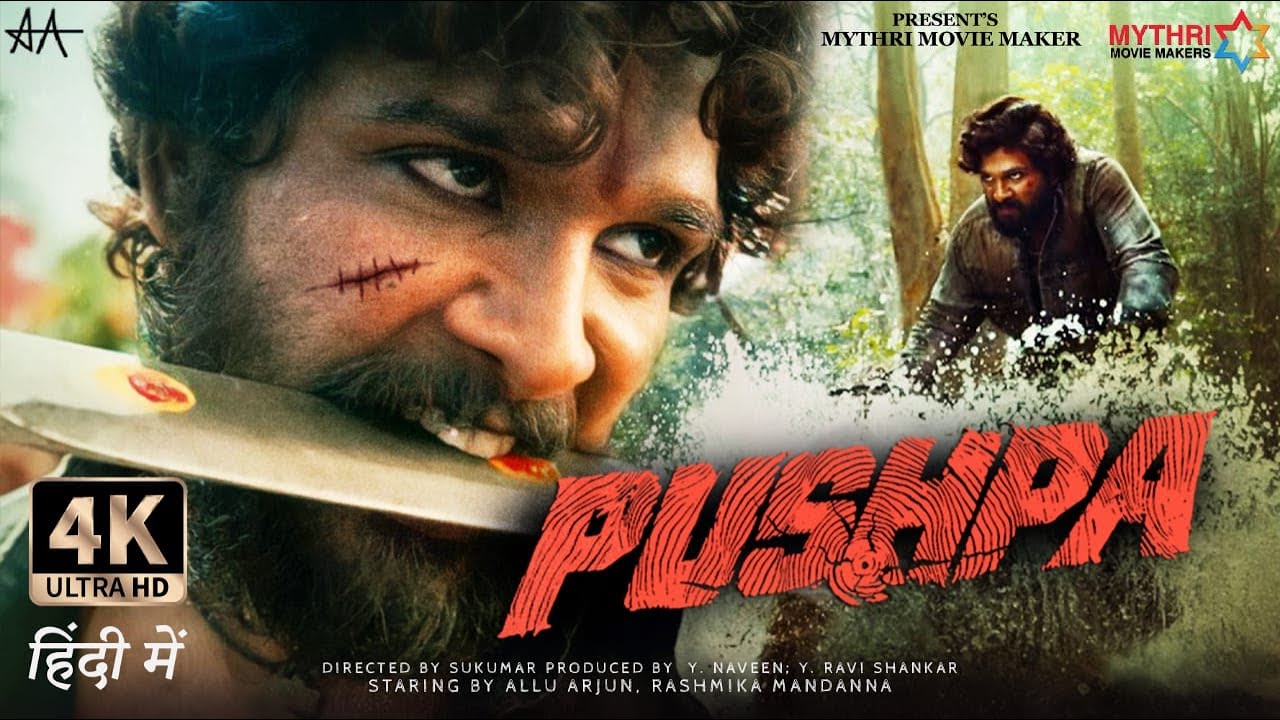
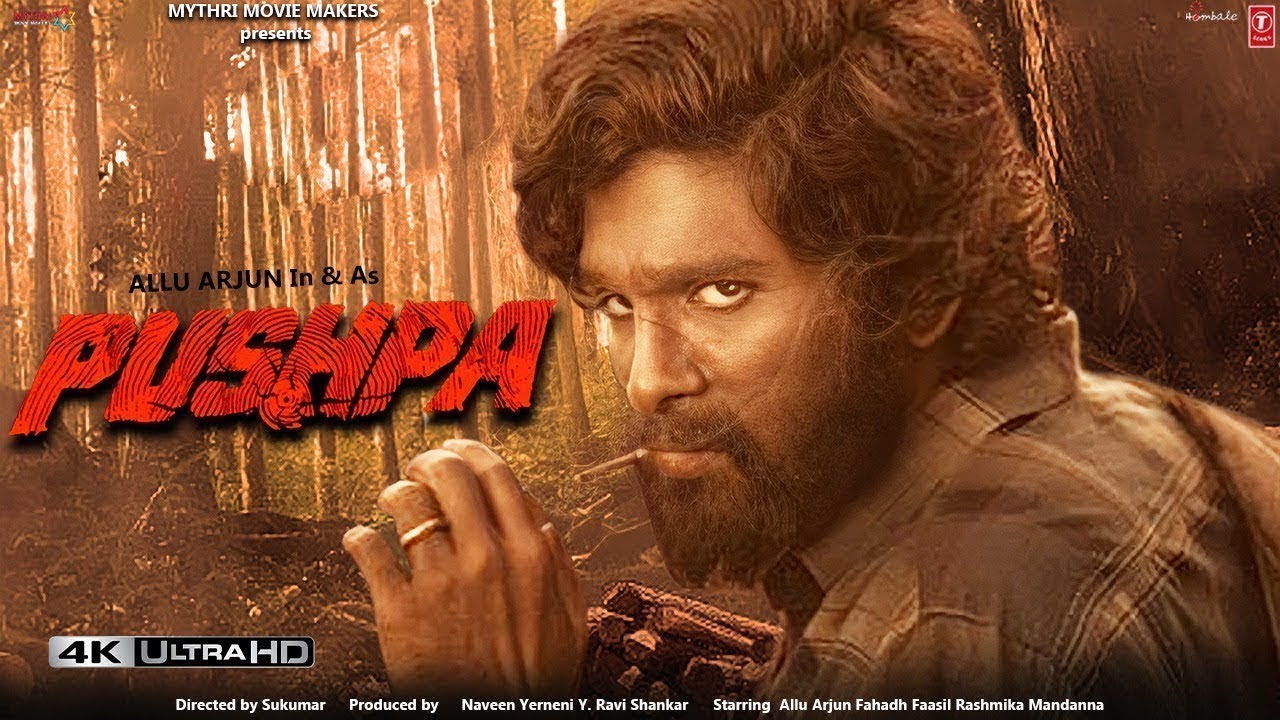
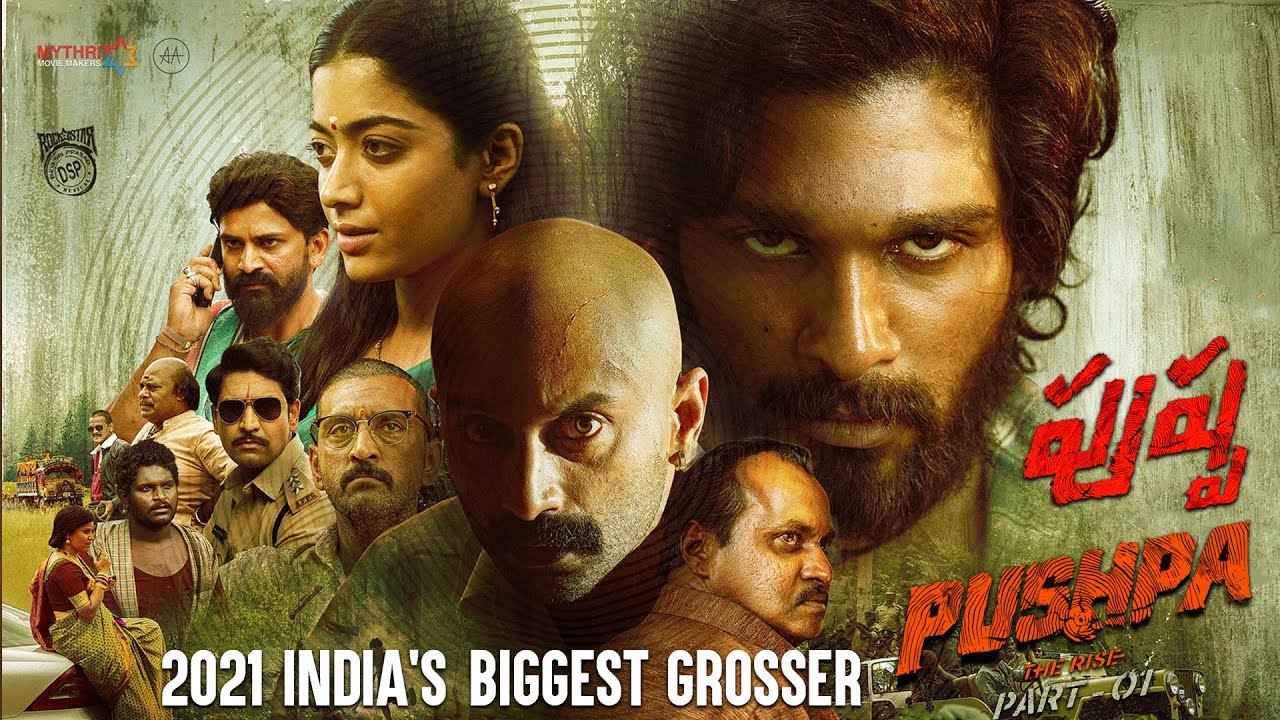

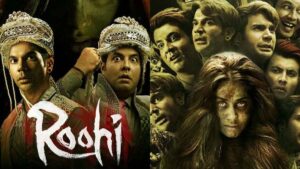


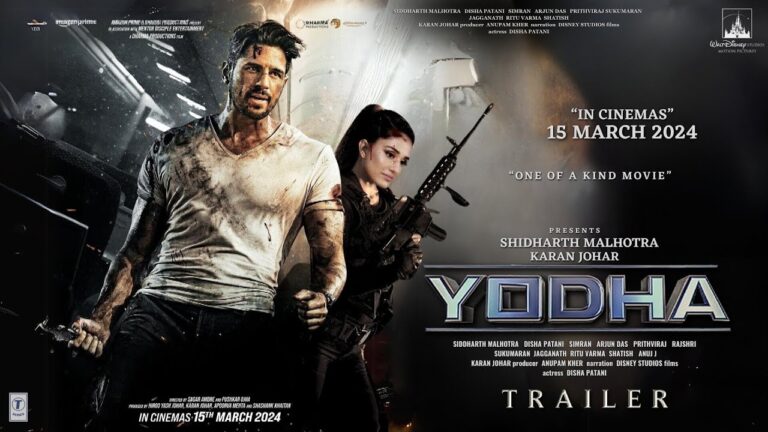

+ There are no comments
Add yours